Part II of the Fire Horse Heroes and the City Farm
“These old hero-horses, as I think they should be called, deserve a better fate than city pavements until they die of exhaustion. On the city farm in Warwick we have 800 acres of wonderful rolling country. We have a lake over a mile long. We have hills and streams. We are growing more hay than we know how to dispose of.”—Charles Samson, New York Press, September 30, 1913
In an earlier post, I wrote about the final run for the last horse-drawn fire engine of the New York Fire Department (FDNY). According to news reports, the five retiring fire horses of Engine Company No. 205 in Brooklyn — Balgriffin, Danny Beg, Penrose, Waterboy, and Bucknell — were reportedly transferred to light duty on Blackwell’s Island or sent to upstate farms operated by the ASPCA (depending on their health).
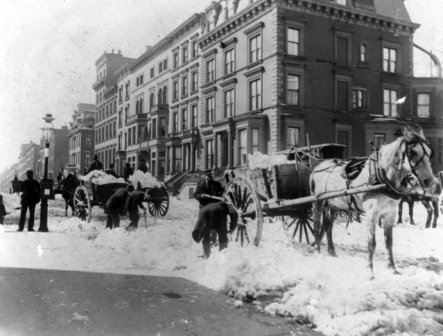
Although fire horses had been “retiring” ever since the FDNY completely replaced manpower with horsepower in 1869, there was never much talk about the fate of these retired horses. The discussion picked up in 1911 when Fire Commissioner Rhinelander Waldo proposed motor-driven fire apparatus for the FDNY, and again in 1913, when Fire Commissioner Joseph H. Johnson Jr. announced plans to retire all those fire horses still in service and replace them with motorized vehicles as soon as possible.
Up until the transition to a motorized fire department, the majority of discharged fire horses were either sold at auction on the cheap ($25 to $100) to peddlers who used them to pull their fruit and vegetable carts, or sent to other agencies in the city – like the Street Cleaning Department — that were still using horse-powered vehicles.
A few fortunate horses were placed on farms or the estates of wealthy people through the ASPCA or nonprofits like the Horse Aid Society. Others that were condemned from the auction block because of an injury or frailty were sent to the “pension farm” at Blackwell’s Island (Roosevelt Island) to do light hauling for the Department of Charities and Correction. Sadly, some horses were “humanely” dispatched by the ASPCA if the society’s vets determined they could no longer live a purposeful life.
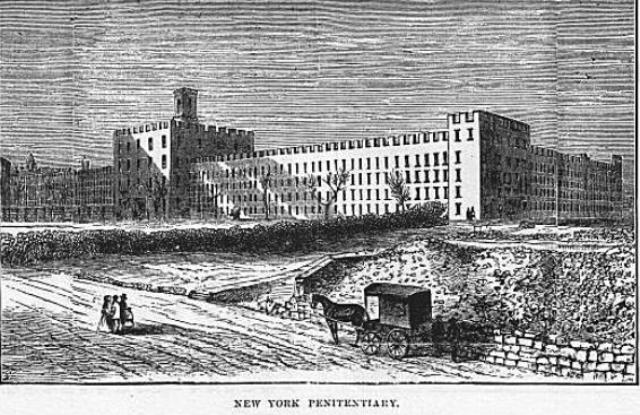
Charles Samson to the Rescue
Charles Samson, Executive Secretary of New York City’s Board of Inebriety, did not like reading all the articles in the newspaper about the passing of the fire horses and how the city “rewarded” them for their gallant service. He especially did not like the fact that hero horses, who had spent their strength and shortened lives in the service of the FDNY, were being auctioned to peddlers, hucksters, or anyone else who offered the highest bid for them.
And so in September 1913, Samson sent a letter to Fire Commissioner Johnson offering a plan that would allow every fire horse in service to live well into his or her old age at the agency’s Hospital and Industrial Colony in Warwick, New York, also known as the “City Farm.”
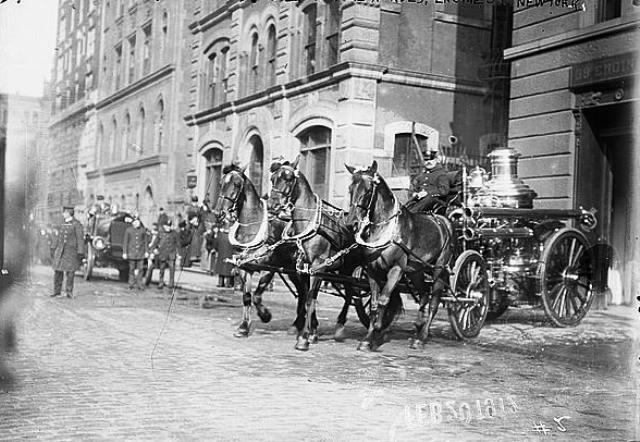
A Brief History of the Board of Inebriety
“If the hopes of the board are fulfilled, New York, five years hence, will be a sober city.”—The Chicago Medical Recorder, January-December 1911
In the early 1900s, there was a great social stigma attached to alcoholism. Not only were alcoholics (or “inebriates” or “drunkards” as they were called back then) considered immoral, they were also increasingly associated with homelessness, corruption, and crime.
In 1867, the Commissioners of Charities and Correction erected an Asylum for Inebriates on the southeastern end of Ward’s Island. The facility didn’t last long: With forcible detention losing favor as a means of treating alcoholism, the asylum closed in 1875.
The building temporarily housed the overflow of patients from the Insane Asylum, also located on Ward’s Island, before becoming the Homeopathic Hospital (renamed the Metropolitan Hospital in 1894).
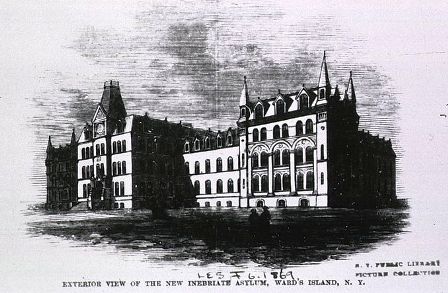
In 1910, it was reported that 25,000 people were arrested annually for drunkenness in Manhattan and the Bronx alone. It was also estimated that habitual drunkenness cost the city, directly and indirectly, $2.4 million a year.
By this time, most inebriates were ending up at the Workhouse on Blackwell’s island, where, according to The New York Times, they simply “drag[ged] through the days of their discipline until such time as they may leave and begin all over again the process of being sent back.”
At this same point in time, medical doctors and criminologists were looking at rehabilitation through therapy and isolation as a viable alternative to the workhouse or severe punishment and imprisonment.
One such rehabilitation solution was to send law-breaking inebriates to remote rural areas like a city farm, where, in an environment of fresh air, physical exercise, education, good food (no intoxicating beverages), and counseling, they could learn new trades, regain their pride, build character, and prepare for productive lives in society. In effect, inebriates would be treated as sick people with a disease rather than as law-breaking prisoners.
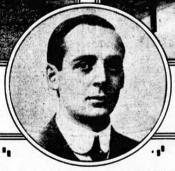
In 1910, the New York State Legislature authorized the City of New York to establish a Board of Inebriety with power to “construct and maintain a hospital and industrial colony within or without the city for the care, treatment, and occupation of inebriates in accordance with methods approved by medical science” (Chapter 551 of the Laws of 1910).
Mayor William Jay Gaynor appointed five members to the board in July 1911 and three months later, the board opened its headquarters at 300 Mulberry Street (the former Police Headquarters building).
The Search for a Farm
The day after the board set up shop on Mulberry Street, newly appointed Police Commissioner Rhinelander Waldo (yes, the former Fire Commissioner) offered the board an 80-acre farm near Flushing, Long Island, that was worth $150,000. The board did not vote to approve the offer, as it was their intention to buy as much land as possible for the amount of money allocated.
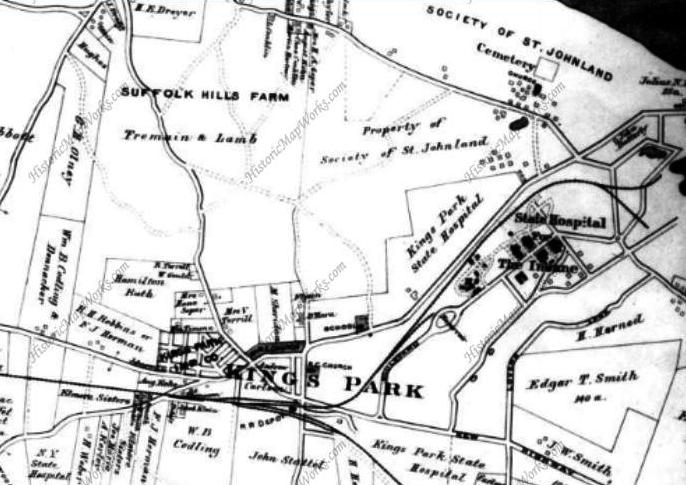
In February 1912, the board looked at another potential city farm of about 520 acres in Smithtown, Long Island. The farm, part of the old Chatfield Smith Estate at Kings Park, was ideally located next to the Kings Park State Hospital for the Insane (Kings Park Psychiatric Center) between the Long Island Sound and the Long Island Railroad.
The board made an offer of $120,000, but the deal never went through. Not only did the Smithtown residents protest the sale, but Manhattan Borough President George McAneny criticized the purchase, saying it was too much to pay for farmland, especially since only 150 of the 500 acres were cleared and available for cultivation.
Instead, he recommended creating a city farm in Orange County, just 60 miles northwest of Manhattan.
The Hospital and Industrial Colony at Warwick (aka, the “City Farm”)
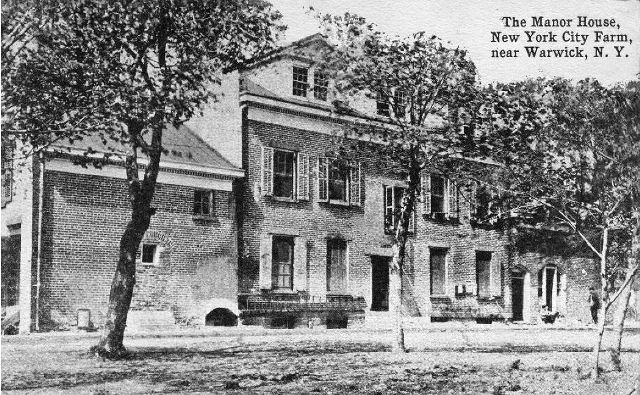
In February 1912, members of the Board of Inebriety took a trip to Warwick, New York. There, they toured the old Wisner-Durland Farm — shown in the top center of this 1875 map of Orange County — which contained 640 acres of land and 160 acres of Wickham Lake.
The farm had been previously owned by descendants of Captain John Wisner, who acquired some 2064 acres in 1766. The Wisner family sold the property at the south end of the lake to Thomas E. Durland in 1893.
Thomas and his Yale-educated son Jesse operated a progressive farm known for its high breed of milk cows and quality dairy products sold on the New York City Milk Exchange.
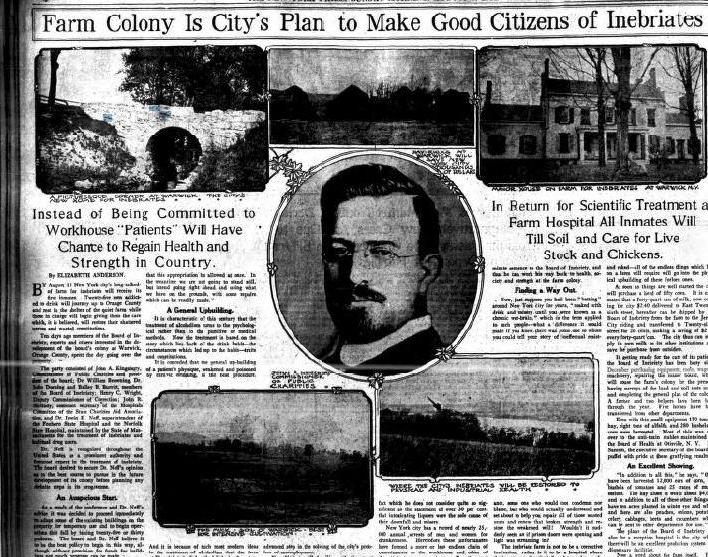
The farm was beautifully maintained and well-equipped, and featured the original manor home as well as modern-equipped barns, a creamery, and an ice house. The land was also adjacent to the Lehigh & Hudson River Railway, which was perfect for transporting agricultural products to New York City (including hay for the city’s police and fire horses and produce for the city’s hospitals).
The board members liked what they saw in Warwick. Without further ado, the city purchased the farm from General Thomas Durland Landon, the nephew and only heir of Jesse Durland, for $75,000 (talk about a good deal!). They began making plans for a city farm on the beautiful property.
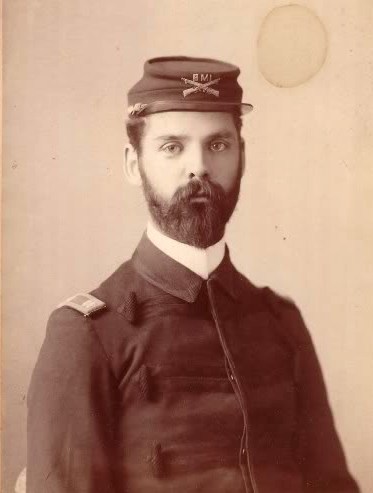
There is a great deal of information about the farm (and photos) on the Albert Wisner Library website and on the website for Warwick Valley Living, so let’s get back to the untold story about the FDNY fire horses…
Charles Samson’s Proposal
On September 29, 1913, Fire Commissioner Johnson received a letter from Samson offering an honorable retirement for all the old fire horses – or most of them – on the city farm in Warwick. He explained that there would be ample forage for the horses, and over the stall of each one there would be a plate bearing the horse’s name and record of service.
None of the horses, Samson stressed, would be used for work. Commissioner Johnson accepted the offer eagerly and said he would be sending three or four horses there the following week.
Now, where exactly Samson planned on putting all these horses is a mystery. According to The City Record of 1916, sometime after the contract for the purchase of the farm was made, but before the title was acquired, two barns were destroyed in a fire. Three years later, the board was still using a makeshift stable for the horses when it requested the Board of Aldermen for $10,000 to construct a new barn.
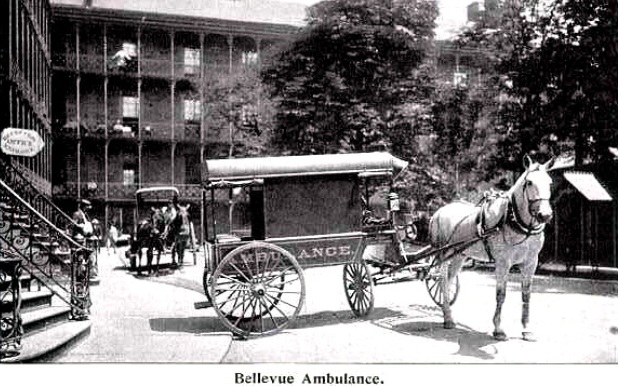
Sadly, it doesn’t appear that the city took much advantage of Samson’s offer: By 1914, only five horses from the FDNY were living a life of ease on the Warwick farm. The city farm itself — which had been expanded to include treatment for those addicted to heroine, opium, and other drugs in a “tent colony” — also didn’t last long: In 1918, only two board members remained and there were only 37 residents on the farm and six staff members to care for them.
The city farm was shut down in 1918, and on July 14, 1919 – the year Congress enacted Prohibition — the board adopted a resolution turning the farm over to the Commissioners of the Sinking Fund “for such disposition as they may desire to make of such land, buildings, and appurtenances.” Activities continued for another year, but on July 24, 1920, the Middletown Daily Herald reported that there were no more patients on the farm.
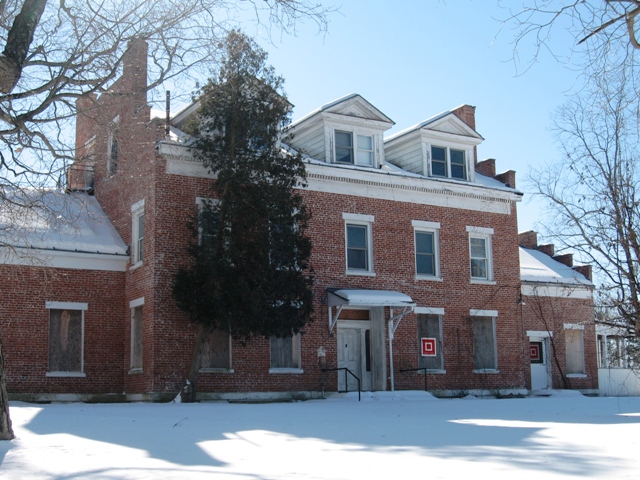
Although several agencies inquired about the property (the U.S. Public Health Service wanted it for the care of discharged “insane soldiers and sailors”), the land was under-utilized until 1932, when the State Training School for Boys officially opened on July 1. The school for delinquent boys operated for almost 45 years until, in 1976, it was converted into a medium-security prison called Mid-Orange (the prison was ordered closed in 2011).
Today, much of the old City Farm is dedicated to hemp processing. In fact, the old Wisner-Durland Manor is currently being converted into an incubator space for companies in the burgeoning CBD oil industry.
Some of the land has also been set aside for a town park with a kayak launch (that I use often) and a large sports complex called the Hudson Sports Complex. One of the old buildings on the site was donated to the Warwick Volunteer Fire Department for training purposes (it’s very spooky there at night when we have our monthly drills. I’m convinced the place is haunted…).
Ironically, there is also a new brewery on the property called Drowned Lands Brewery. I haven’t been there yet, but it’s on my list of things to do in my hometown!

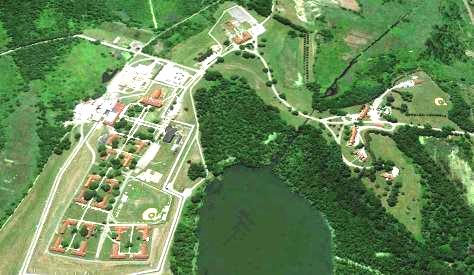


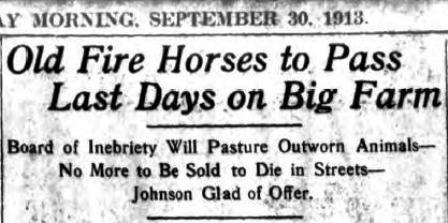

[…] my next post, I’ll tell you about a special farm in upstate New York where retired fire horses grazed alongside New York City’s alcoholics and drug […]